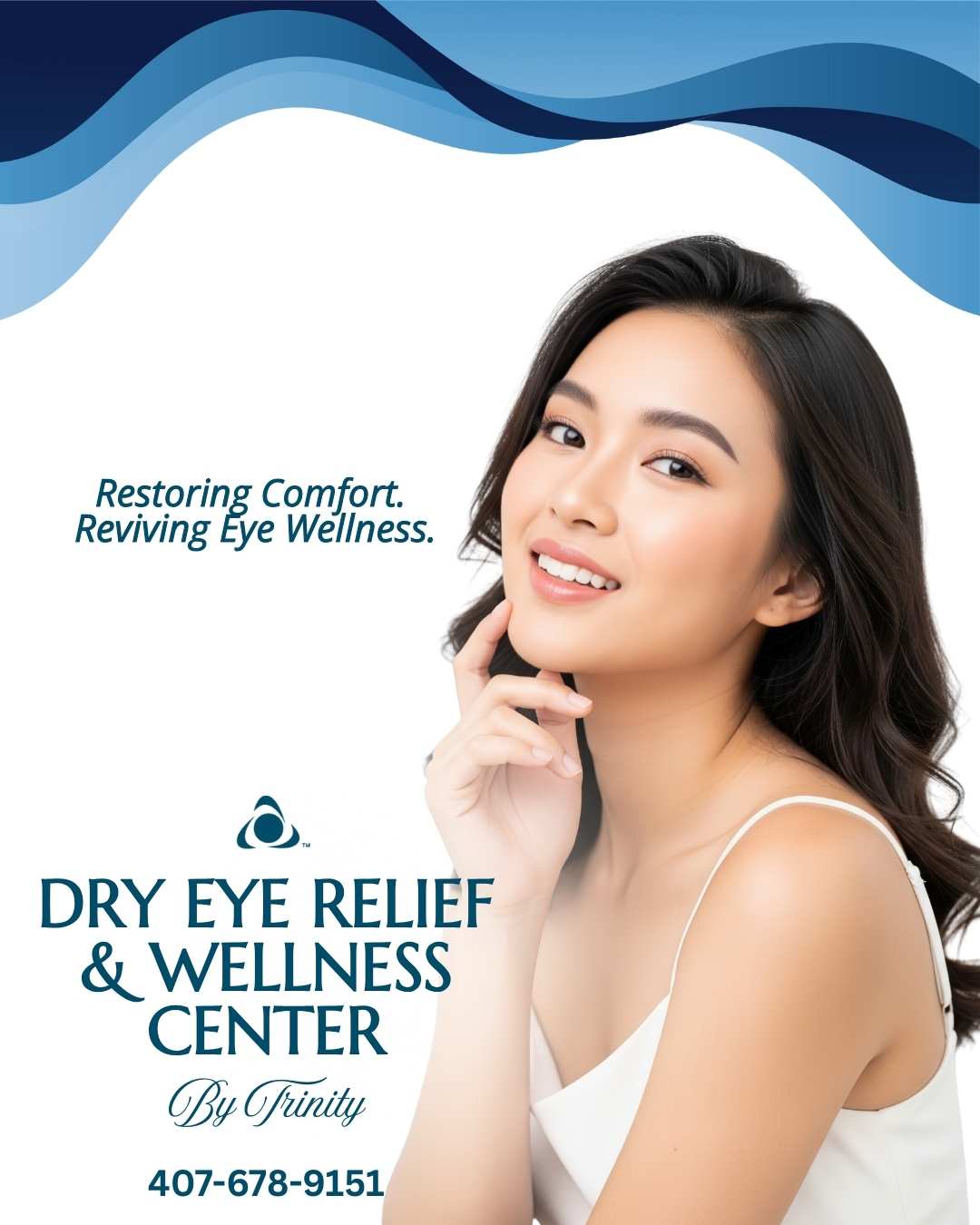
Spotting the early signs of vision problems in kids is vital. Early detection allows for timely intervention, which can prevent the problem from worsening and help the child maintain good eye health. Additionally, treatment is often more effective when started early. For instance, conditions like amblyopia are treatable until around age seven, after which the chance of full vision recovery drastically decreases.
Children rely heavily on their vision for learning. Therefore, untreated vision problems can significantly hinder a child's academic performance. They may struggle to read, write, or focus in class, which can lead to frustration and a lack of self-confidence.
Vision problems can also affect a child's physical abilities and social interactions. Activities like playing sports, drawing, or even walking can become challenging. Children may also have difficulty recognizing faces or interpreting visual cues, leading to potential social struggles. By detecting and addressing vision problems early, parents can help ensure their child's overall well-being.
Common Vision Problems in Kids
Understanding the most common vision problems in kids can help you recognize potential issues early. Here are some of the most prevalent conditions:
Nearsightedness, or myopia, is a common condition where objects far away appear blurry. It often develops in school-age children and progresses throughout adolescence.
Farsightedness, or hyperopia, causes close objects to appear blurry. Young children often have mild hyperopia, which they can outgrow as their eyes develop.
Astigmatism is a condition where the cornea (the front surface of the eye) isn't perfectly round. This causes blurry or distorted vision at all distances.
Strabismus is a condition where the eyes do not align properly. One or both eyes may turn in, out, up, or down. This can lead to amblyopia if not treated early.
Amblyopia, often referred to as 'lazy eye,' is a condition where one eye doesn't develop good vision. The brain favors the other eye, and if untreated, the weaker eye may develop poor visual acuity.
Recognizing the Early Signs of Vision Problems
Recognizing the early signs of vision problems in kids is key to timely intervention. Here are some signs to watch out for:
Difficulty reading or viewing distant objects: If your child squints or tilts their head when trying to focus on something, it might indicate a vision problem.
Frequent eye rubbing: While this can be due to many factors like tiredness or allergies, persistent eye rubbing can also signal an eye health issue.
Sitting too close to the TV or holding a book too close: This could suggest nearsightedness.
Complaining of headaches or tired eyes: This might indicate eye strain, which could be due to a vision problem.
Abnormal eye alignment or movement: If the eyes are misaligned or do not move together, it could indicate conditions like strabismus or amblyopia.
The Role of Regular Eye Exams in Early Detection
Regular eye exams are crucial for the early detection of vision problems in kids. An optometrist can conduct a comprehensive eye exam to assess your child's eye health and visual acuity. These exams can identify refractive errors and other conditions that may not be obvious but can impact a child's vision and overall development.
The American Optometric Association recommends that children have their first eye exam at six months of age, another at age three, and then before they start school. From then on, children should have an eye exam every one to two years if no vision correction is needed. Children who need eyeglasses or contact lenses should be examined annually or as recommended by their optometrist.
What to Do When You Spot the Signs
If you spot the early signs of vision problems in your child, it's important to act promptly. Schedule an appointment with an optometrist for a comprehensive eye exam. If a vision problem is diagnosed, the optometrist will discuss the best course of treatment. This could be prescription glasses or contact lenses, vision therapy, or in some cases, surgery.
It's important to follow through with the recommended treatment and regular follow-up appointments. Regular check-ups are crucial to monitor the child's progress and adjust treatment as necessary.
Ensure Clear and Healthy Vision for Your Child Today
Vision problems in kids are more common than most people realize, and they can have significant impacts on a child's development and well-being. It's crucial for parents and caregivers to be vigilant about their child's eye health. Recognizing the early signs of vision problems, scheduling regular eye exams, and following through with recommended treatments are key steps in ensuring your child's vision is as clear and healthy as possible.
If your child is showing early signs of vision problems, visit Trinity Eye Associates at our Wintersprings, Florida office. We are committed to providing exceptional customer service to all of our Oviedo patients. Please call (407) 678-9151 to schedule an appointment today.








